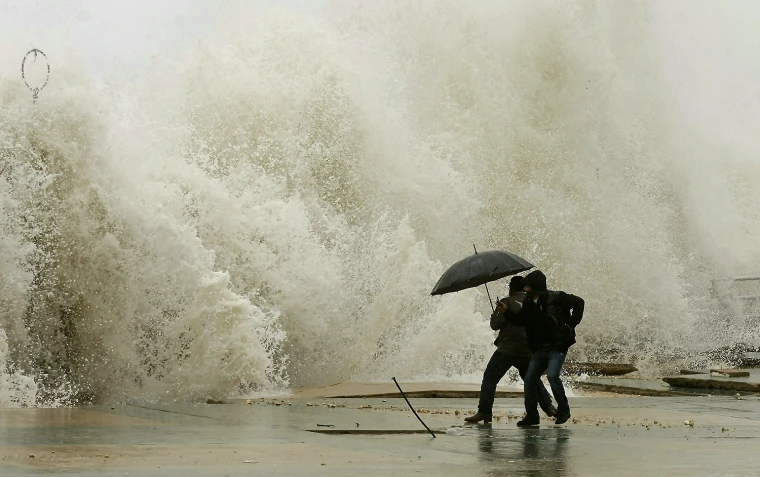So, here’s the scoop: Climate change is throwing marine life for a loop. A gang of researchers dived into how these changes—both the slow and sudden temperature shifts—are flipping things upside down for ocean dwellers.
Understanding Survival in a Warming World
Picture this: Jon Witman, Brown University’s biology whiz, teamed up with Andrew Pershing from Climate Central and John Bruno from UNC Chapel Hill. They dug into how marine critters deal with the long-term warming trend and those sudden temperature twists.

A Climate Tango: Trend vs. Fluctuation
Climate change isn’t just about a steady climb in temps. It’s a mix of the slow warming up and those surprise heatwaves or cold snaps. Witman’s crew wants us to pay attention to both, ‘cause guess what? Marine life is feeling the heat from these rollercoaster changes.
From Smooth Rides to Rough Spots
Here’s the thing: Marine life is used to its local climate. You know, the regular temperature vibes they’re chillin’ in. But with climate change, it’s like a double whammy—gradual changes mess with their groove, while sudden spikes, like heatwaves, throw everything off balance.
Heatwave Havoc and Marine Drama
Imagine coral reefs going through a rough patch during a heatwave. They stress out, lose their color (called bleaching), and if things don’t get better, it’s a one-way ticket to the reef graveyard. And places like the Mediterranean have seen their fair share of this coral catastrophe.
Climate Curveballs and Ecosystem Risks
When heatwaves or other intense climate events hit, marine ecosystems take a hit. They might recover, but they’re left fragile, kinda like a wounded superhero. This makes them more vulnerable to future changes, setting up a domino effect of trouble.
The Power of the Spike: Studying the Unknown
Witman’s gang urges scientists to pay attention to both the smooth rise in temperature and those unexpected spikes. They’re not just interested in how organisms cope with the long-term shift; they wanna know how these unpredictable spikes ripple through the ecosystem.
Mapping Trouble Zones
Their global model waved a red flag for spots like the Gulf of Maine, Caribbean Sea, and the Mediterranean. These areas could be hotspots for sudden, extreme climate events, putting marine life in for a rough ride.
A New Ocean on the Horizon
The researchers are throwing light on a different ocean—one that’s a mix of steady changes and surprise twists. They reckon it’s time to rethink how we see our marine world and how climate change shapes it.
Getting Real in Modeling
Current models predicting species changes overlook these wild climate swings, assuming a smooth transition. But wait! These models gotta get real, considering those sudden extremes and how they vary across different places. It’s like fine-tuning our crystal ball for a better forecast.
The Takeaway? Buckle Up!
The future of marine life isn’t just about a warming trend—it’s about this whole wild ride, the smooth and the spiky. Understanding this dance between slow changes and sudden surprises is key to knowing what our ocean’s gonna look like down the line.
